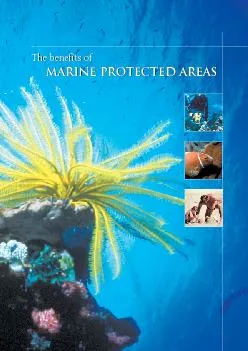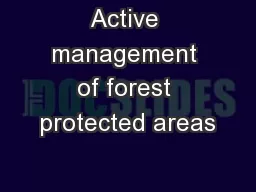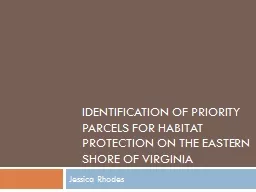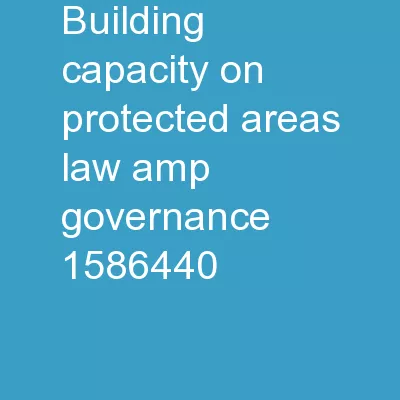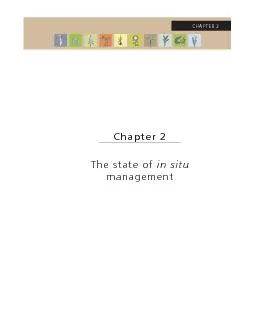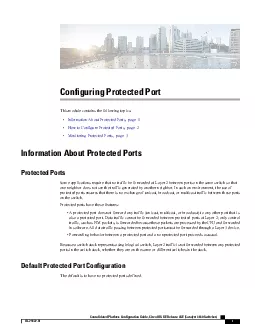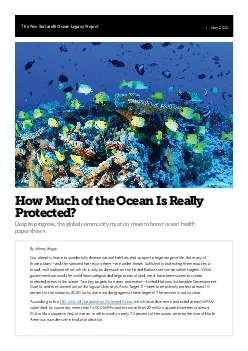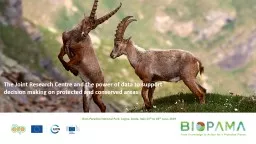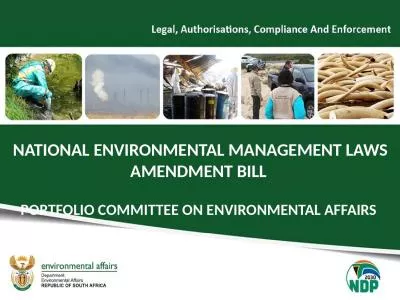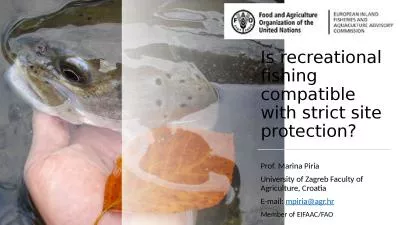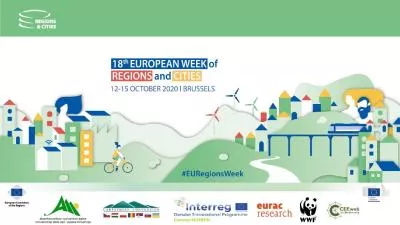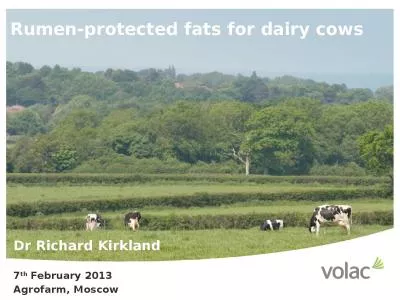PDF-RINE PROTECTED AREAS
Author : myesha-ticknor | Published Date : 2015-08-31
Commonwealth of Australia 2003ISBN 0 642 54949 4Information contained in this document may be copied for study research information or educational purposes subjectto
Presentation Embed Code
Download Presentation
Download Presentation The PPT/PDF document "RINE PROTECTED AREAS" is the property of its rightful owner. Permission is granted to download and print the materials on this website for personal, non-commercial use only, and to display it on your personal computer provided you do not modify the materials and that you retain all copyright notices contained in the materials. By downloading content from our website, you accept the terms of this agreement.
RINE PROTECTED AREAS: Transcript
Download Rules Of Document
"RINE PROTECTED AREAS"The content belongs to its owner. You may download and print it for personal use, without modification, and keep all copyright notices. By downloading, you agree to these terms.
Related Documents

